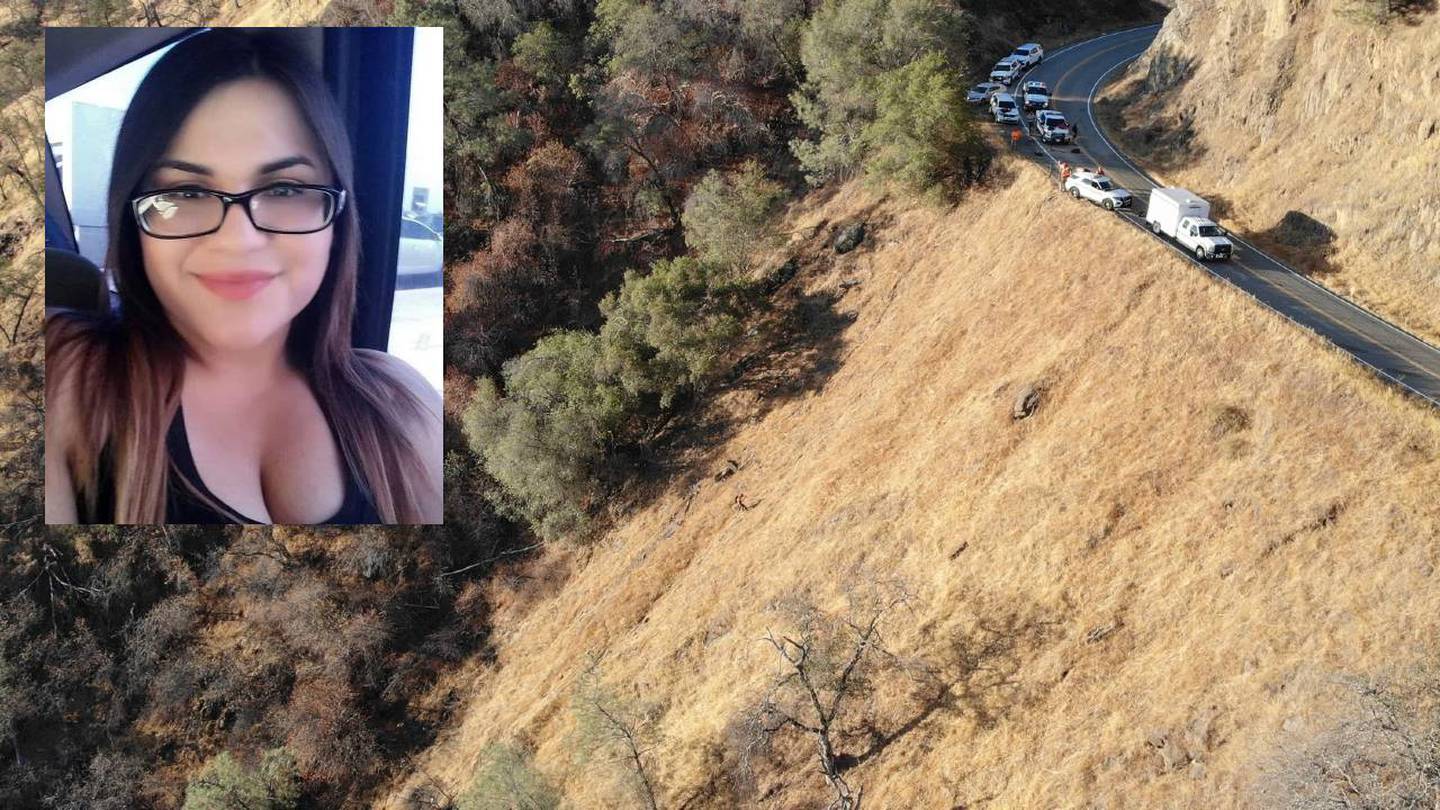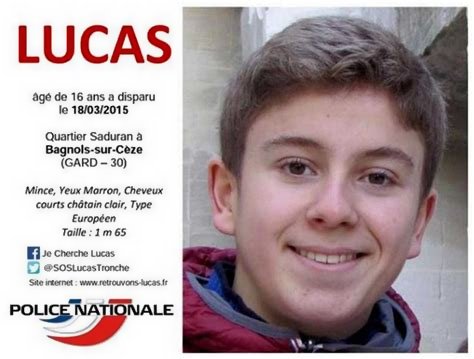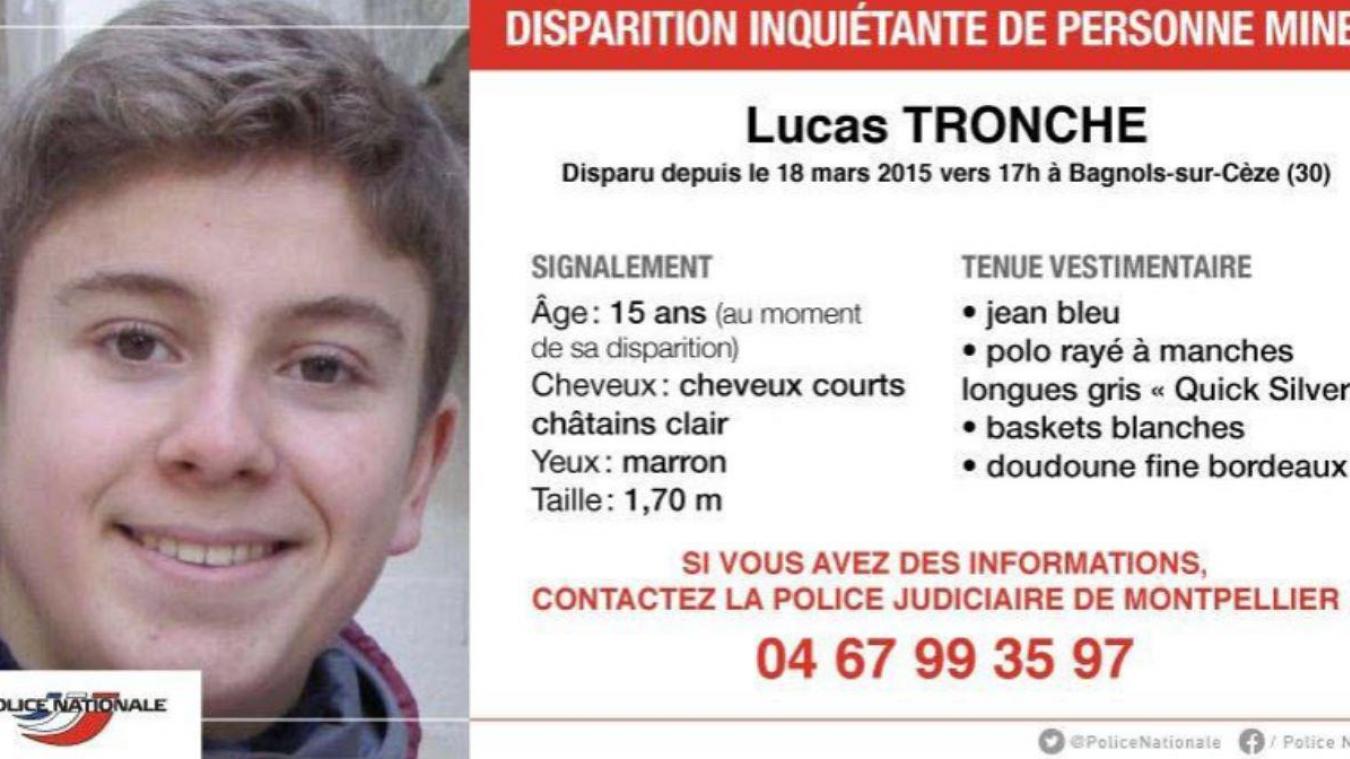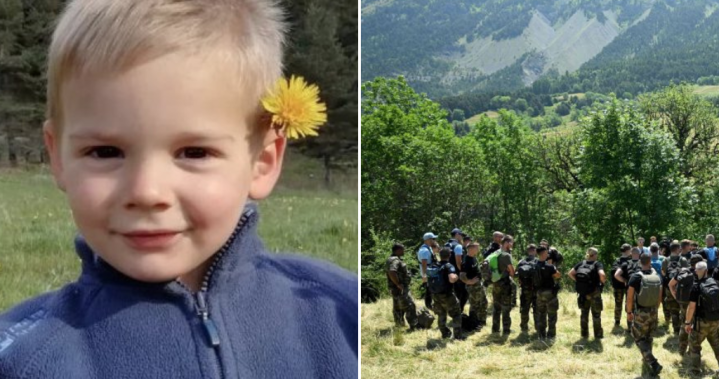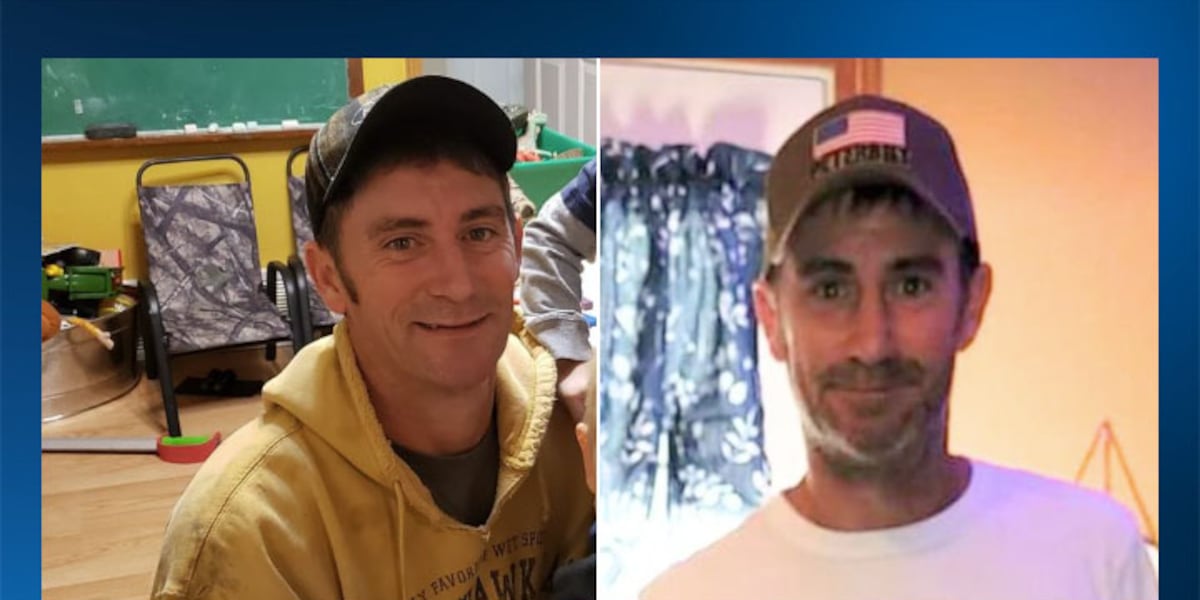Hestia's Fire
Well-Known Member
- Joined
- Oct 26, 2021
- Messages
- 637
- Reaction score
- 8,934
I just realized I case I had followed was never added to this list, so I'm adding him now.
Eric Pracht, CO - 2020
Eric walked away from his condo at the base of Green Mountain, barefoot, on July 22, 2016, after an argument. The Green Mountain area was searched extensively by SAR, dog teams, and family/volunteer searchers. After human remains were discovered by a hiker in 2020 and later identified as Eric, his family posted the following on social media: "He was found only 130 yards off Alameda Parkway, just north of the condo. We are still at a loss as to how he could have been missed; the area was searched heavily." In an update on the Vanished podcast, Eric's dad stated that the Lakewood police dog team had cleared Green Mountain after multiple searches, and that he had been with the team himself on one of the searches and "we literally missed him by like 30 feet."

 www.websleuths.com
www.websleuths.com
Eric Pracht, CO - 2020
Eric walked away from his condo at the base of Green Mountain, barefoot, on July 22, 2016, after an argument. The Green Mountain area was searched extensively by SAR, dog teams, and family/volunteer searchers. After human remains were discovered by a hiker in 2020 and later identified as Eric, his family posted the following on social media: "He was found only 130 yards off Alameda Parkway, just north of the condo. We are still at a loss as to how he could have been missed; the area was searched heavily." In an update on the Vanished podcast, Eric's dad stated that the Lakewood police dog team had cleared Green Mountain after multiple searches, and that he had been with the team himself on one of the searches and "we literally missed him by like 30 feet."

Found Deceased - CO - Eric Pracht, 25, Lakewood, 22 July 2016
Family and friends searching for missing paramedic in Lakewood Family and friends of a paramedic are asking for help to find him after he went missing on Friday night. The family of 25-year-old Eric Pracht says he disappeared for a walk, and even went without his shoes and keys...
 www.websleuths.com
www.websleuths.com

